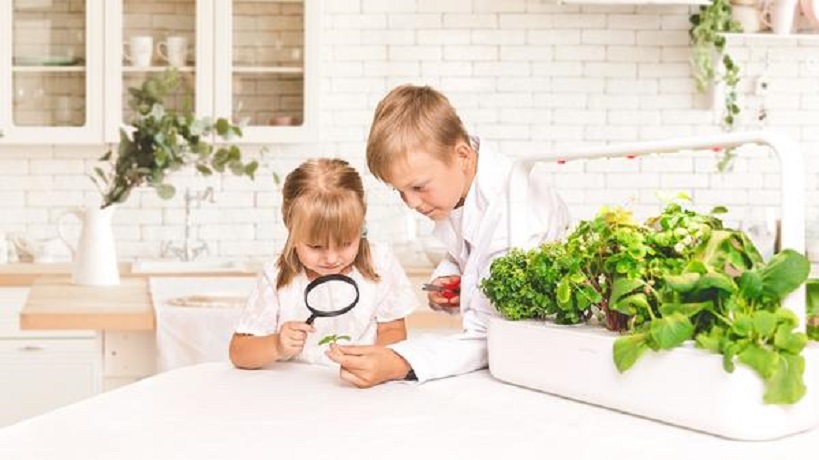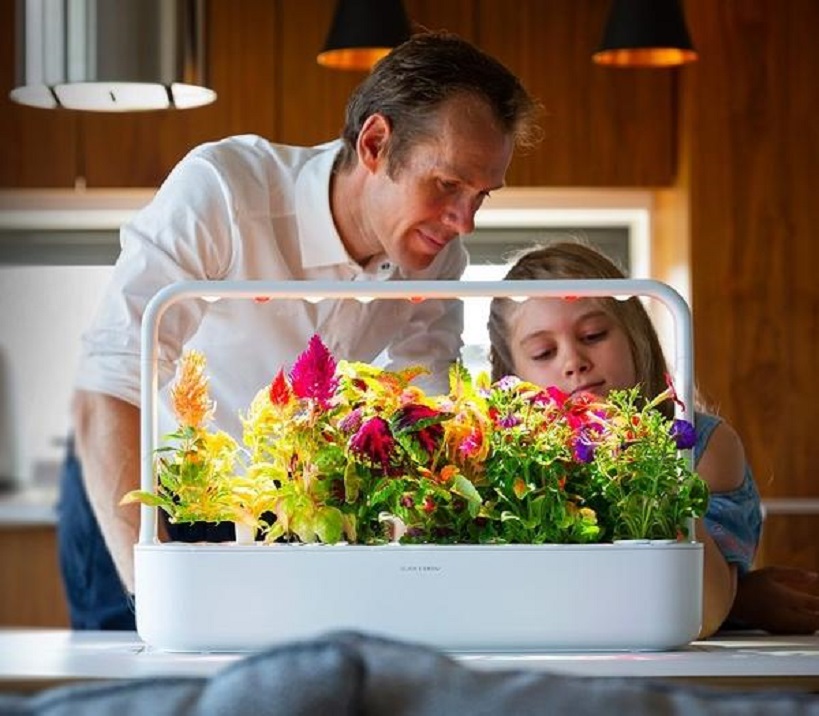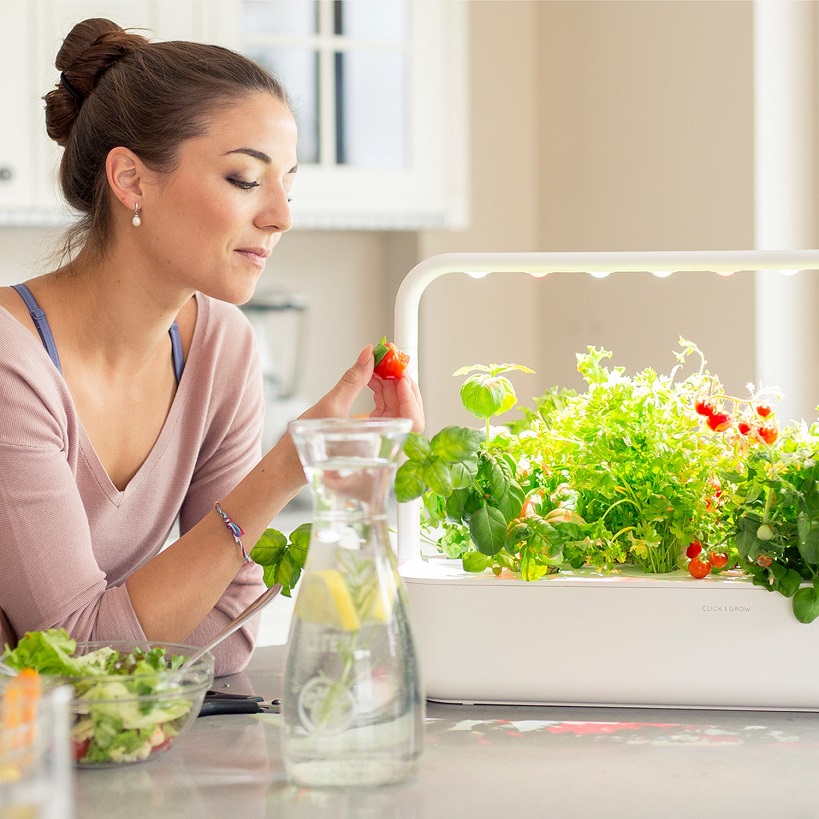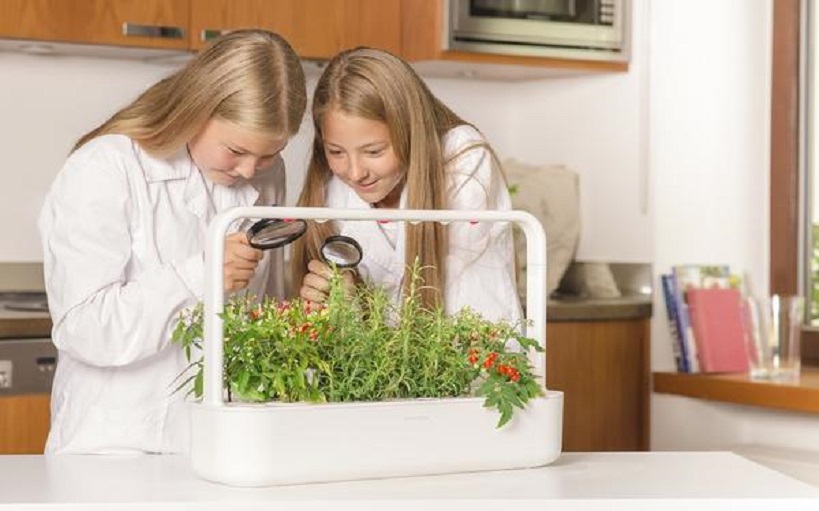Sustainable Gardening: It’s More Than a Hobby!
Contents
When we first got into sustainability, it was challenging especially considering it wasn’t just my husband and me venturing into it, there were our two sons too. Sometimes kids don’t get the whole picture of why they’re doing something, and why the change of lifestyle is for the better of us as a family.
Yet now that we’ve been on this sustainable journey for quite some time, and we’re all having fun with it besides reaping all the other benefits, I couldn’t help but think we should’ve started it way earlier than we did.
What began with small sustainable changes like shopping in bulk , choosing eco-friendly products, and going green on the road, inspired us to implement more and more of them in the day to day life too. Our latest sustainable craze? Gardening!
The Planters That Make a Difference

After discovering the modern self-watering garden planter designs to rid us of our watering chores and provide the needed space for the growth of the plants and their roots, it was time to select the seeds. Even though we have a garden where we can plant, I still prefer the planters because of all the flexibility they offer with tending to the plants’ needs.
And don’t even get me started on how stylish they are and how big of a role they have in the decor indoors and outdoors. Since we chose a design that’s hardwearing, consisting of half Accoya wood and half HDPE that’s BPA free and UV and corrosion resistant, it’s suitable both for the harsh weather elements and indoor use. I especially like the wheels which allow for utmost flexibility, perfect if like me you want to make use of the sunny spots all the time.
The Seeds that Feed a Family

Sure, shopping at the supermarket is time-saving but when you compare the pleasure you get from growing your own food you realise why sustainable gardening is worth it. Right at the start, we wanted to plant as much as we could, include as many veggies and herbs as we could, until we figured we’d be infinitely faster in our gardening chores if we only grow what we’re fond of having on our plates.
I’m not saying there’s harm in growing other types of produce than we like to eat, since we could always share with family, friends and neighbours, but adopting this strategy allowed us to have more of what we truly need. For this reason, our lovely balcony planters contain tomatoes and squash for my husband, radishes for Ethan, leafy greens for Noah, and edible flowers for me.
Of course, when we started learning more about this kind of gardening we got particularly acquainted with seed quality. The more we learn, the more we know we want the finest range of heirloom seeds – no hybrids and no GMOs thank you! Though they’ve become somewhat more difficult to find, it’s not impossible to come across true quality. The best thing about it is what we don’t get to use we keep for future use, and our seed collection is growing considerably.
The Hobby That Helps a Community
I’m sure you’ve heard this quote before: “Give a man a fish, feed him for a day. Teach a man to fish, feed him for a lifetime”. I can say the same about gardening, and I take pride that one day my sons will be teaching their kids about sustainability.
Various Learning Opportunities
So far, they’ve learned a great deal of things, including how to keep a plant journal, how to plant seeds, how to choose the ideal garden planter for the certain types of plants and how to use some smaller gardening tools. The more they stay active with nature, handling soil and coming in touch with the healthy microbes, the less they need their screentime. What seems like a hobby easily turns into a way of life without them even being aware of it.
Various Creative Solutions

Besides keeping us physically active, the hobby also keeps us mindfully invested in it, to the point of keeping our creativity going. Lately, we’ve been discussing plant protection from diseases and pests, and my sons learned that though it’s easier to handle these issues with chemicals, it’s still better for them and the environment to look for alternative solutions.
For instance, to protect their father’s beloved tomatoes, we had to find a suitable companion plant to repel pests. Though there were various options, like basil, calendula, cucumber, marigold, chime and mint, we still opted for borage in that garden planter as it’s also a great companion for the squash, and as a bonus it improves the growth and flavour of the tomatoes.
In terms of providing the plants with the needed nutrients, instead of looking for the ready-made fertilisers, we’re planning on creating our own compost. Not only does it protect the roots from temperature fluctuations, it also helps retain the soil moisture. On the plus side, it’s useful for a family that wants to reduce the waste using kitchen scraps as the main ingredients.



